Your basket is currently empty!
Written by
Types of Solar Panels Explained & Which Are The Best?
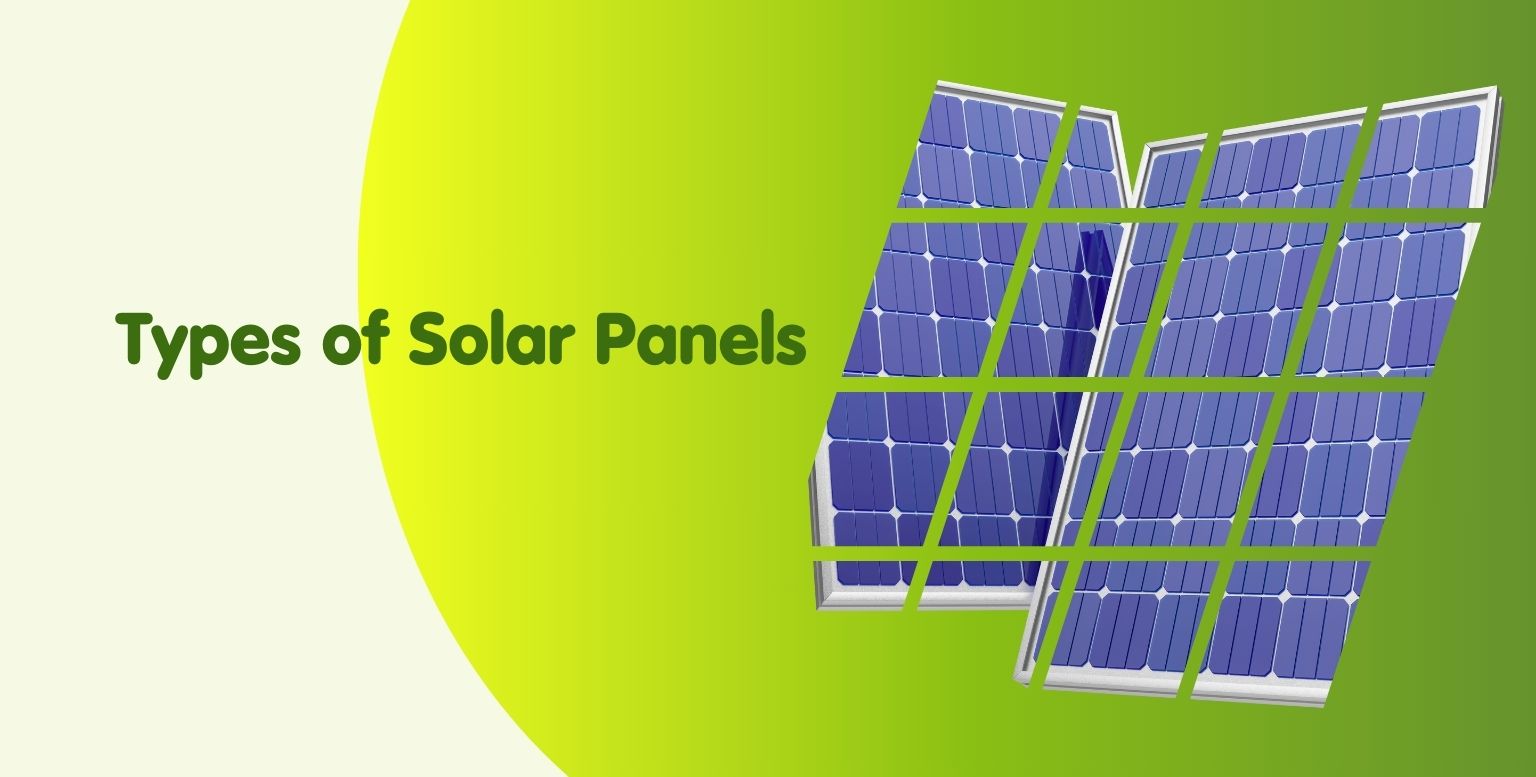
Wondering about the types of solar panels? This article breaks down the three main types: monocrystalline, polycrystalline, and thin-film.
Learn their differences and find out which one fits your needs when considering your new solar panels and installation.
Or, if you want to save time and money, why not get a solar panel quote from one of our experts who can explain everything to you?
Key Takeaways
- Solar panels use two primary technologies: Photovoltaic (PV) systems, which convert sunlight directly into electricity, and Concentrated Solar Power (CSP), which uses mirrors or lenses to generate heat and then produce electricity.
- There are three main types of solar panels: monocrystalline, polycrystalline, and thin-film, each having different efficiencies, costs, and applications. Monocrystalline panels are the most efficient but also the most expensive, while thin-film panels are the least efficient but more flexible and lightweight.
- Recent advancements in solar panel technologies, such as PERC panels, bifacial panels, and perovskite solar panels, are significantly improving efficiency and performance, with future trends including quantum dot solar panels and hybrid solar panels.
The Different Solar Panel Types Available
Solar panels are remarkable devices that convert sunlight into electricity, a process that sounds almost magical yet is grounded in solid scientific principles.
Central to this process are solar cells, the building blocks of all solar panels. By capturing and converting the sun’s energy, these cells generate renewable electricity, reducing dependence on fossil fuels and lowering carbon footprints.
With solar panels explained, it becomes clear how valuable they are in promoting sustainable energy solutions.
There are two primary technologies used to harness solar energy: Photovoltaic (PV) and Concentrated Solar Power (CSP).
PV systems, which are the most common, use solar cells to convert sunlight directly into electricity. CSP, on the other hand, uses mirrors or lenses to concentrate sunlight onto a small area, generating heat that is then used to produce electricity.
Gaining insight into these technologies is key to fully grasp how solar panels operate and their possible uses.
Photovoltaic Effect
The photovoltaic effect is the cornerstone of solar energy technology. When sunlight, composed of tiny particles called photons, strikes a semiconductor material within a solar cell, it excites electrons, causing them to flow and create an electric current.
This process, known as the photovoltaic effect, is fundamental to all types of solar panels, from monocrystalline to thin film.
This ingenious mechanism, discovered over a century ago, has paved the way for modern solar panels capable of efficiently converting sunlight into electricity.
Silicon Solar Cells
Silicon solar cells are the most prevalent type of solar cells used in the industry today. These cells are made from silicon, a semiconductor material that is abundant and effective at converting sunlight into electricity.
The manufacturing process involves creating a single crystal of silicon, which is then sliced into thin wafers to form monocrystalline cells.
This method, although producing high efficiency, also results in significant silicon waste, contributing to the higher cost of monocrystalline panels.
Types of Solar Panels
Solar panels come in various types, each with unique characteristics and applications.
There are three main types of panels: monocrystalline, polycrystalline, and thin-film. Each type has its own unique characteristics and advantages.
Being familiar with these types aids in choosing the appropriate solar panel for particular needs and circumstances.
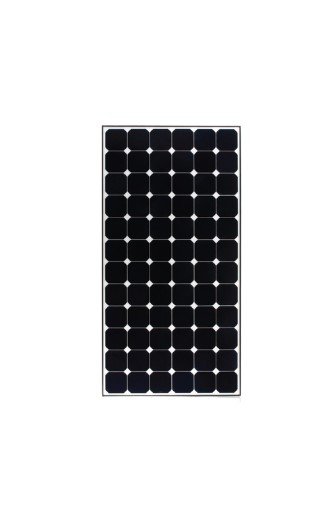
Monocrystalline Solar Panels
Monocrystalline solar panels:
- Made from single crystal silicon
- Uniform dark appearance
- High efficiency, ranging from 18% to 24%
- Space-efficient and durable, often lasting between 25 to 40 years
- More expensive due to costly production process
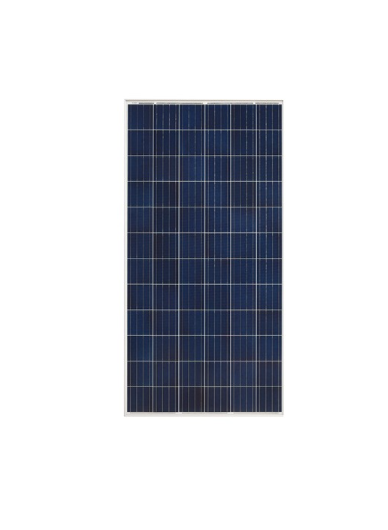
Polycrystalline Solar Panels
Crystalline solar panels, specifically polycrystalline solar panels:
- Manufactured by melting silicon fragments together
- Result in a blue, speckled appearance
- Less efficient than monocrystalline panels and amorphous silicon solar cell, with efficiency rates around 15%
However, they are more affordable and environmentally friendly due to their simpler manufacturing process.
Thin Film Solar Panels

Thin-film solar panels, also known as thin film solar cells, are created by layering thin films of photovoltaic material on a substrate. These panels have the following characteristics:
- They are flexible and lightweight, making them ideal for applications with limited space or unique installation requirements.
- They have lower efficiency rates, typically between 7% and 18%, compared to crystalline panels.
- They have shorter lifespans compared to crystalline panels.
Advanced Solar Panel Technologies
The evolution of solar panel technology has led to the development of advanced solar panels that offer improved efficiency and performance. These include PERC panels, bifacial panels, and perovskite panels.
Passivated Emitter and Rear Cell (PERC) Panels
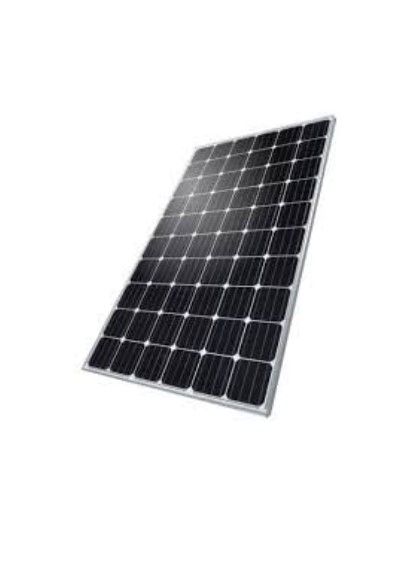
PERC panels enhance traditional monocrystalline cells by adding a passivation layer that reduces electron recombination, thereby increasing efficiency.
This makes them ideal for installations with limited space, as they can generate more electricity from a smaller area. Although slightly more expensive due to additional materials, the improved efficiency can lower the average cost per watt.
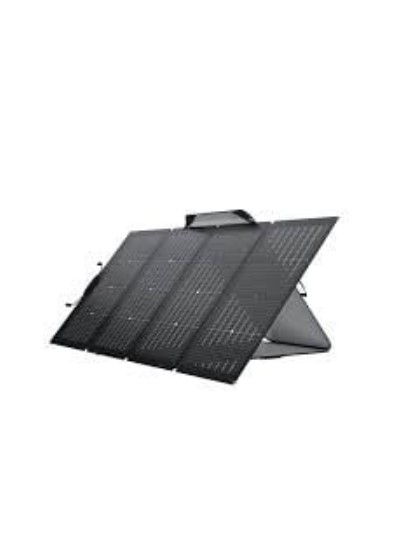
Bifacial Solar Panels
Bifacial solar panels:
- are designed to capture sunlight on both sides, increasing their energy yield
- perform well in diffuse light conditions
- can harness reflected light from surfaces like the ground or water
- are highly efficient in various environmental settings
Perovskite Solar Panels
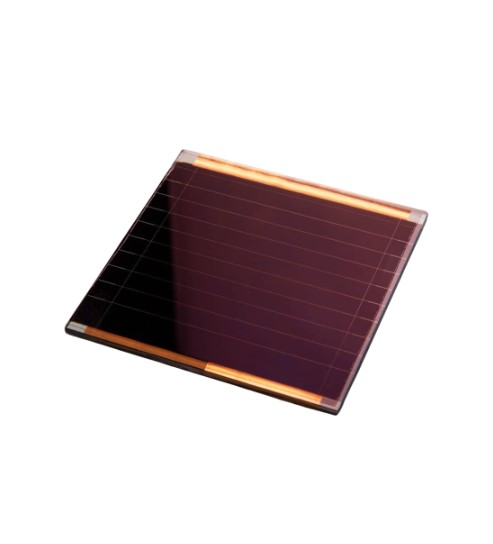
Perovskite solar panels are a promising new technology known for high energy-efficiency rates, potentially reaching around 25%.
They offer the prospect of low-cost production, but challenges such as longevity and scalability need to be addressed before they can become widely available. In comparison, copper indium gallium selenide solar panels have already made significant progress in the market.
Comparing Solar Panel Types
It’s vital to weigh the efficiency, cost, and durability of solar panels when deciding the best fit for your requirements.
Efficiency Ratings
Efficiency is a key factor in selecting a solar panel. Monocrystalline panels lead the pack with efficiency ratings above 20%.
Polycrystalline panels come in second with around 15% efficiency, while thin-film panels lag behind with efficiency rates between 7% and 13%.
Cost Analysis
Cost is another critical consideration. Monocrystalline panels, despite their high efficiency, are the most expensive upfront.
Polycrystalline panels are more affordable due to their simpler manufacturing process, making them a popular choice for large-scale installations.
Thin-film panels are the least expensive but also the least efficient and durable.
Lifespan and Durability
How long solar panels last and durability are vital for long-term investments. Here is a breakdown of the lifespan and durability of different types of solar panels:
- Monocrystalline panels: These panels have the longest lifespan, often lasting over 25 years.
- Polycrystalline panels: These panels have a shorter lifespan and are more affected by high temperatures.
- Thin-film panels: Despite their flexibility, thin-film panels have the shortest warranties and lifespans.
Choosing the Right Solar Panel
Selecting the right solar panel depends on several factors, including efficiency, material quality, and the specific conditions of your property.
Residential Installations
For residential installations, monocrystalline panels are ideal due to their high efficiency and space-saving capabilities. They are particularly suited for properties with smaller roofs where space is at a premium.
When it comes to solar energy solutions, monocrystalline and polycrystalline panels can offer different benefits, with polycrystalline panels being a good choice for those looking to balance cost and efficiency.
Commercial and Industrial Applications
Thin-film solar panels are advantageous for commercial and industrial applications due to their lightweight and flexible nature.
They are ideal for large-scale projects where installation ease and cost are critical factors.
Environmental Considerations
Solar power is an environmentally friendly energy source that produces no harmful emissions. Advances in solar recycling processes are also helping to recover valuable materials from old panels, further enhancing their sustainability.
Installation and Maintenance of Solar Panels
Correct installation and regular maintenance are vital for ensuring the best performance and extended lifespan of solar panels.
Installation Process
The process of installing solar panels can vary depending on the type and system requirements. On-grid systems are the most common, where panels are connected to the National Grid and do not require a battery storage system.
Proper installation, often by professionals, ensures that the panels are securely mounted and optimally positioned for maximum sunlight exposure.
Maintenance Tips
Maintaining solar panels involves periodic cleaning and monitoring. Panels should be cleaned two to four times a year using a soft-bristled brush and non-abrasive cleaner.
Monitoring systems can help track energy production and identify any issues early on, ensuring the panels continue to perform efficiently.
Future Trends in Solar Panel Technology
The future of solar panel technology is bright, with several exciting advancements on the horizon, including the development of innovative solar energy technologies and the emergence of third generation solar panels.
Quantum Dot Solar Panels
Quantum dot solar panels use nanocrystals that can be tuned to specific wavelengths of light, optimising light absorption and energy conversion. This technology promises to enhance the efficiency of solar panels significantly and is a step towards the commercialisation of next-generation solar cells.
Hybrid Solar Panels
Hybrid solar panels combine traditional solar panels with batteries to store surplus energy for use at night or during grid outages. This makes them a versatile and efficient option for both residential and commercial applications, providing a consistent energy supply.
Summary
Choosing the right solar panel involves understanding the different types, their efficiencies, costs, and durability.
Monocrystalline panels offer the highest efficiency and longest lifespan, making them ideal for residential use.
Polycrystalline panels are more affordable and suitable for larger installations, while thin-film panels offer flexibility for unique applications. Future advancements like quantum dot and hybrid solar panels promise even greater efficiency and versatility.
Frequently Asked Questions
What are the main types of solar panels?
The main types of solar panels are monocrystalline, polycrystalline, and thin-film. Choose the type that best suits your specific needs.
What is the photovoltaic effect?
The photovoltaic effect is the process by which solar cells convert sunlight into electricity by exciting electrons in a semiconductor material, ultimately generating a flow of electrical current.
How long do solar panels last?
Solar panels can last between 25 to 40 years for monocrystalline panels, around 25 years for polycrystalline panels, and even shorter for thin-film panels. Plan your investment accordingly.
What are PERC panels?
PERC panels are a type of advanced solar panel that includes a passivation layer to boost efficiency by reducing electron recombination.
Are thin-film solar panels good for residential use?
No, thin-film solar panels are not recommended for residential use because they have lower efficiency and a shorter lifespan compared to crystalline panels.
Written by
Start Your Solar PANEL Project Today
Buy 1 get 1 FREE Solar Panels With Installation!
Solar Finance Options & Price Match Too!





